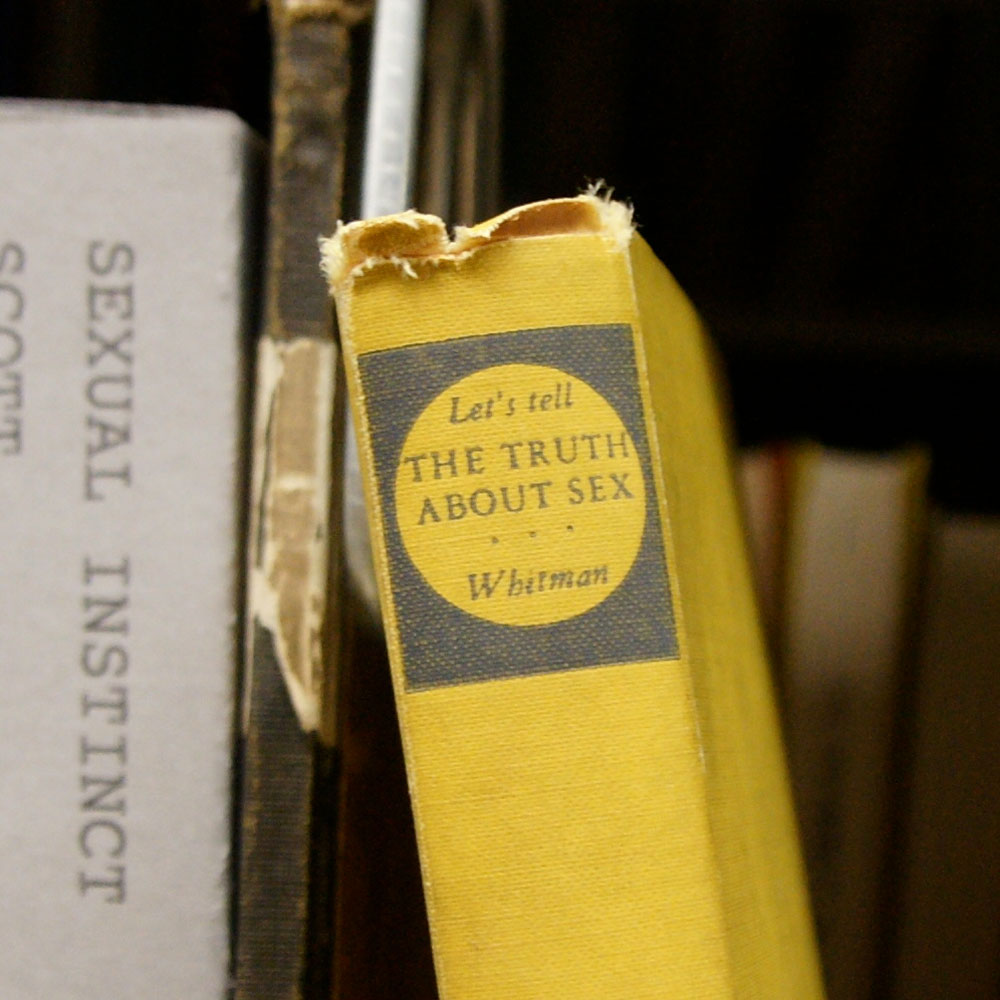
November 18, 2020; Texas Tribune
For the first time in 23 years, the Texas State Board of Education has extensively revised its sex education policy. This is good news, as it will broaden considerably what’s allowable to be taught in Texas schools beginning in 2022. But for many, it still places limits on what they can learn in public schools.
The new recommendations on health and sex education policies will now include information on forms of birth control beyond abstinence. This is a huge and most welcome change. What is not included, however, are lessons for middle schoolers on the importance of consent, or instruction about gender identity and sexual orientation. This has been an area of contention with the Board, leaving another gap to be closed.
Clearly, there is a need for the board to make changes they did. In 2020, Texas ranked 8th (tied with New Mexico and Tennessee) among the 50 states for the highest rates of teen births, with a rate of 25.3 births per 1,000 girls and young women ages 15 to 19. About 39 percent of Texas high school students report having sex, but less than half used condoms and a small percentage used other kinds of birth control. These statistics were not something to brag about, and the effectiveness of the abstinence-only curriculum was being questioned.
The newly approved curricula will allow for teaching middle school students to “analyze the effectiveness and the risks and failure rates…of barrier protection and other contraceptive methods in the prevention of STDs, STIs, and pregnancy,” in addition to the importance of abstinence.
There was an effort on the part of the five Democrats on the 15-member board to add language that would teach middle school students about “bullying and harassment because of sexual orientation and gender identity or expression,” pointing out that this was the age when students were especially vulnerable and experiencing a lot of changes. But the 10 Republicans voted against that language, preferring to teach students to prevent “sexual bullying.” This term confused members who were not able to clearly define the term. Questioning how teachers could teach something to students that could not be defined, the response was: “When it happens, you know it when you see it,” and, “It’s a form of sexual harassment, essentially, [but] not in the workplace.” “Sexual bully” is now part of the policy verbiage.
Sign up for our free newsletters
Subscribe to NPQ's newsletters to have our top stories delivered directly to your inbox.
By signing up, you agree to our privacy policy and terms of use, and to receive messages from NPQ and our partners.
The board heard from the public on these issues in virtual hearings. In June, the issue of including gender identity and sexual orientation in the standards was debated, and even a few Republican members favored stronger lessons on bullying that would make it clear that everyone should be respected. But they opposed specific references to LGBTQ students.
“If we start delineating things, we need to go back and make sure we include everybody else,” said Ken Mercer, a San Antonio Republican on the board.
When adding LGBTQ students to the health standards was compared to the work done in creating standards for Mexican American and African American studies courses in the past few years, it was noted that LGBTQ is also an identity that is not reflected in any of the Texas curriculum. The response from Pat Hardy, a Fort Worth Republican on the board, was, “Racism is a lot bigger problem than the sexual thing as far as people being picked on for different things.”
With an estimated 158,500 LGBTQ youth living in Texas now, the future for their education is not as bright as it might be. While the Texas State Board of Education set minimum standards for what should be taught, school districts are allowed to include additional topics that they feel will be beneficial to their students. LGBTQ students living in the Austin ISD and Fort Worth ISD already benefit from district health and sex education policies that include lessons on gender identity and sexual orientation. Perhaps others will come around without a mandate from the board.
At least the new changes are steps in the right direction. While we wait for the board to do more, though, most Texas students and teachers will be reliant on various interpretations of “sexual bullying” as a stopgap.—Carole Levine















